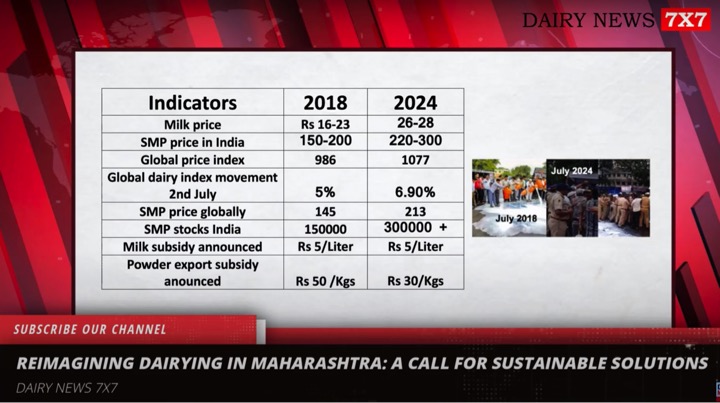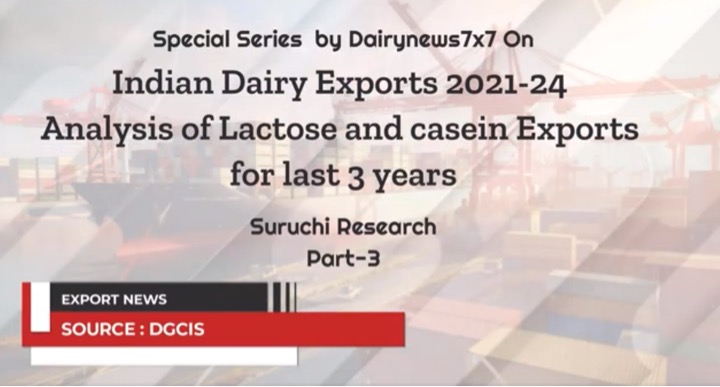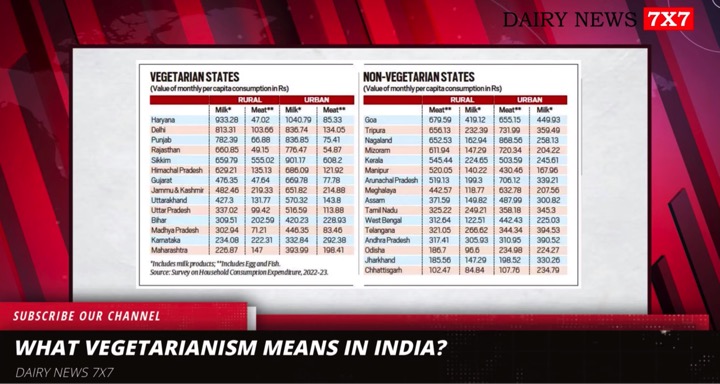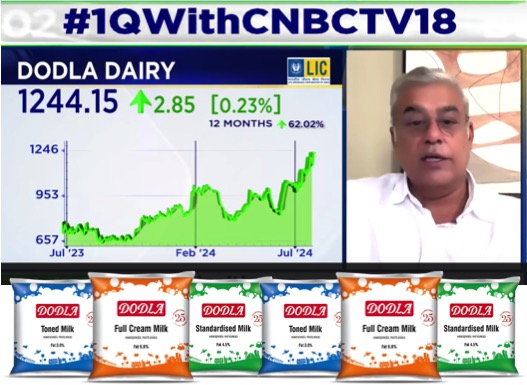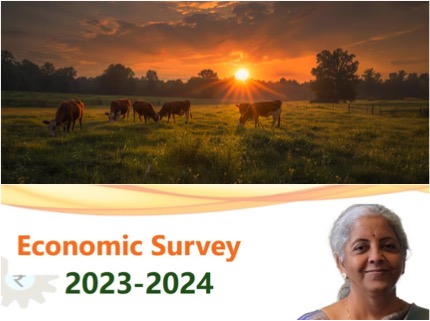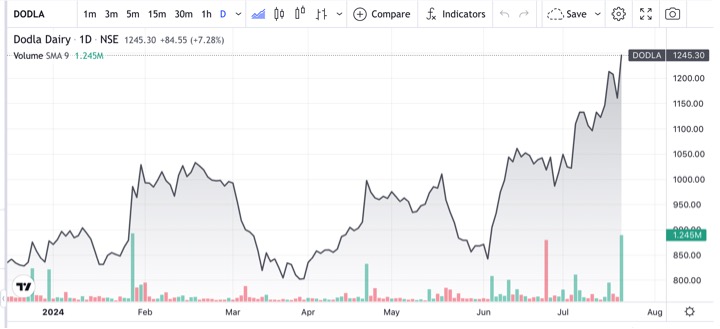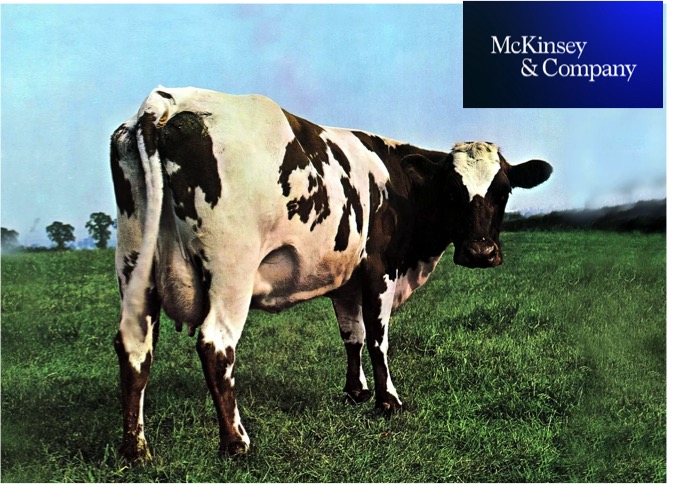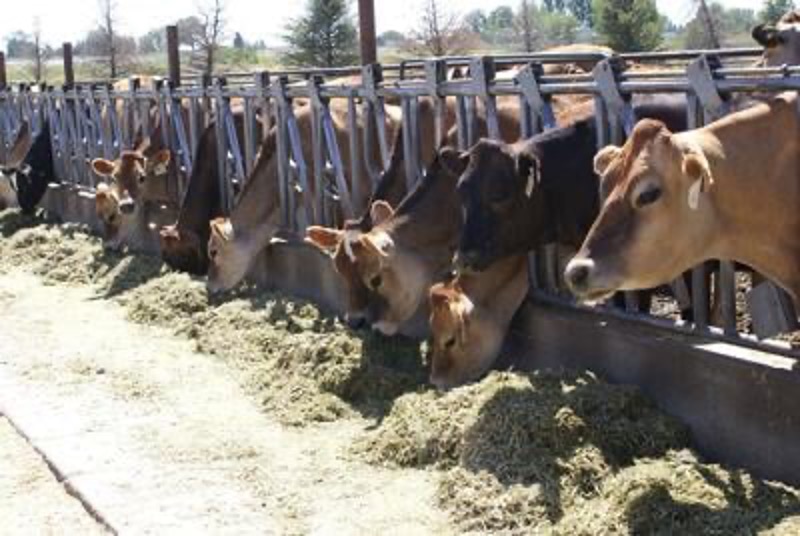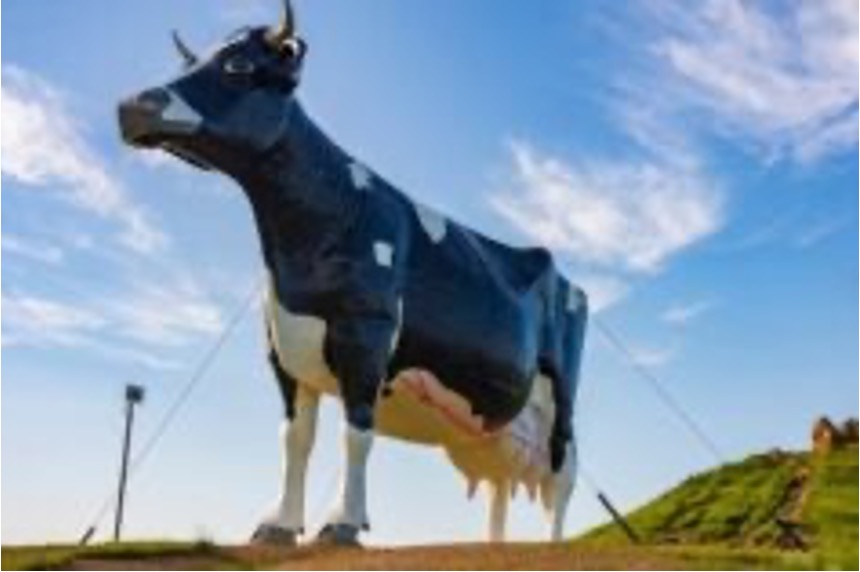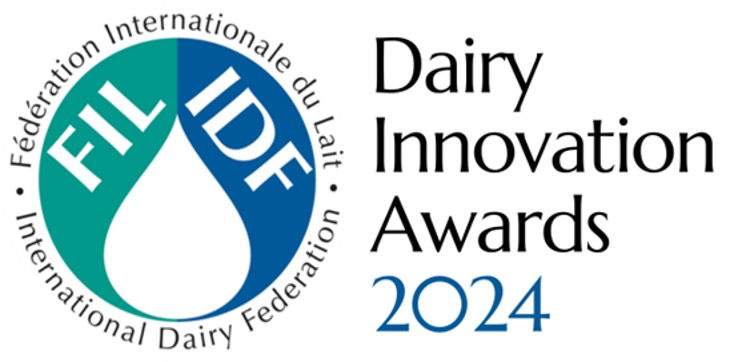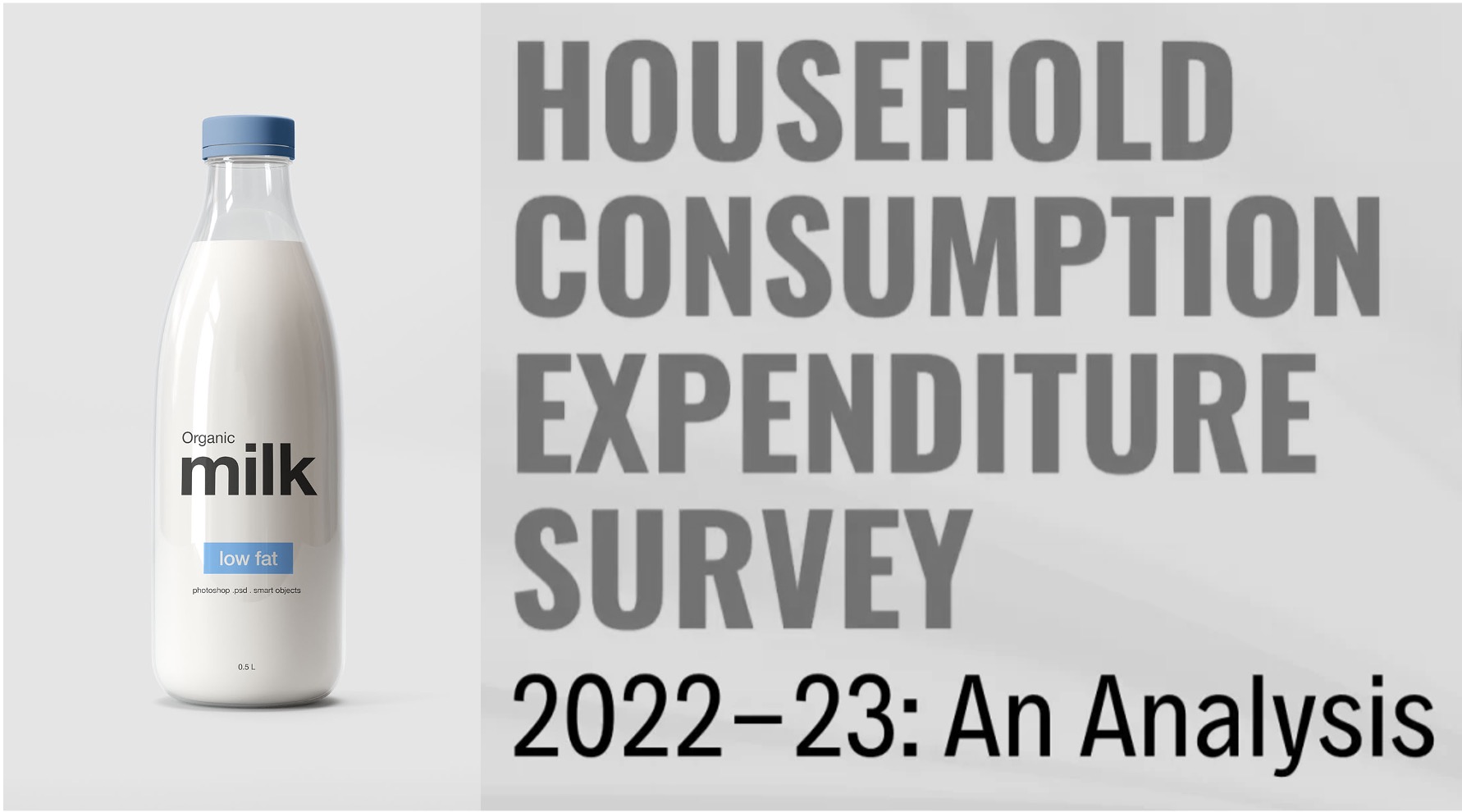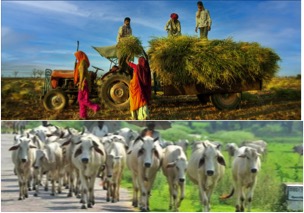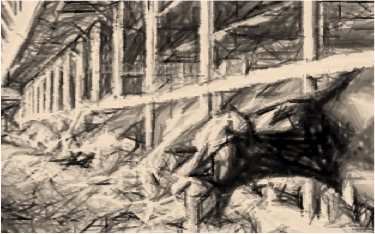The Indian government is considering to allow import of some dairy products such as butter and ghee in limited quantity without any subsidy to improve domestic supply amid apprehensions of a stagnant production of milk with demand surging by 8-10 per cent.
Addressing a press conference on Wednesday, Animal Husbandry and Dairy Secretary Rajesh Kumar Singh said the Government may intervene to import dairy products such as butter and ghee, if required, after assessing the stock position of milk in the southern states. However, sources said the plan is at an advanced stage to improve supply during the summer.
“There will not be any subsidy and the selling prices of the imported products will not be cheaper than domestically produced items as the Government will protect farmers’ interest. It will be imported by the National Dairy Development Board (NDDB) and cooperatives will sell through their own networks,” said a top official.
Output stagnant
India last imported dairy products in 2011. Milk output in India grew 6.25 per cent to 221 million tonnes (mt) in 2021-22 from 208 mt in the previous year, as per official data.

Singh said milk production remained “either stagnant or grew by 1-2 per cent” in 2022-23 (April-March) against 8-10 per cent growth in domestic demand due to post-pandemic health factors. The cooperatives, which have 30 per cent share in the entire milk sector, reported 1-2 per cent growth in production while private and unorganised sectors data point to stagnant production.
“There is no constraint in milk supply as such in the country. There is an adequate inventory of skimmed milk powder (SMP), too. But in the case of dairy products, especially fats, butter, ghee, etc stocks are lower than the previous year,” Singh said. Import, if allowed, may not be cheaper at this point in time as international prices in recent months are ruling firm, he said.
The shortage will be less in North India where the lean season has been postponed with temperature cooling down due to untimely rains in the last few days, the secretary said.
LSD impact
There are several factors that are contributing to price rise and including high fodder costs and lower investment in the dairy sector due to Covid. As 1.89 lakh cattle died last year due to the lumpy skin disease (LSD), it has resulted in stagnant production of milk, he said.
“The impact of LSD on cattle can be felt to the extent that the total milk production is a little stagnant. Normally, milk production has been growing at 6 per cent annually. However, this year (2022-23), it will be either stagnant or grow at 1-2 per cent,” Singh said. He also said there is a problem in fodder supply as the crop area has remained stagnant at 4 per cent of cultivable area in the last four decades.







